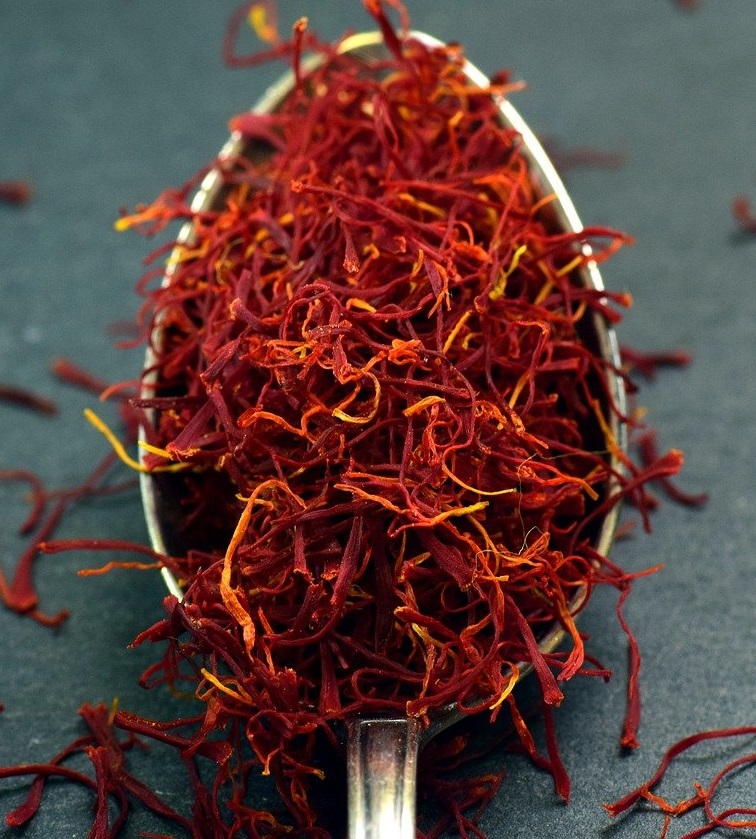
Greetings, Tea Connoisseurs! 🍵💛
As the warmth of the afternoon envelopes us, it’s time to embark on a journey of flavors that will invigorate your senses and transport you to a realm of delightful refreshment. Today, we invite you to explore the enchanting world of Nutmeg & Mace Spiced Iced Tea—a drink that combines the aromatic allure of nutmeg and mace with the coolness of iced tea. Get ready to experience a symphony of flavors that will leave you feeling rejuvenated and inspired. 🌞🌿🍹
Nutmeg and mace are two spices derived from the same fruit, the Myristica fragrans tree. Nutmeg, the inner seed, is known for its warm, nutty flavor, while mace, the lacy outer covering of the seed, boasts a delicate and slightly peppery taste. Both spices have been treasured for centuries for their distinct flavors, medicinal properties, and culinary versatility. With their rich history and captivating taste profiles, nutmeg and mace lend themselves perfectly to the world of iced tea. 🌳🍂💫
Before we delve into our recipes, let’s explore the fascinating background of these prized spices. Nutmeg and mace were once considered so valuable that they were sought after by explorers and traders, leading to epic voyages and the establishment of vast trade routes. They were revered for their aromatic qualities and were believed to possess mystical powers. Today, we can savor the captivating essence of these spices in a refreshing glass of Nutmeg & Mace Spiced Iced Tea, celebrating the heritage of these precious flavors. 👑⚓️🗺
Without further ado, let’s unlock the secrets of Nutmeg & Mace Spiced Iced Tea with our collection of five tantalizing recipes. Prepare to be inspired and captivated by the harmonious marriage of flavors. Let the brewing begin! 🚀
1. Classic Nutmeg & Mace Iced Tea: Start your journey with the classic recipe. Simply infuse your iced tea with a sprinkle of freshly ground nutmeg and a pinch of finely crushed mace. The resulting blend is a refreshingly aromatic and subtly spiced drink that pays homage to the timeless appeal of these spices. 🍵👌
2. Nutmeg, Mace & Orange Zest Iced Tea: Add a burst of citrusy freshness to your Nutmeg & Mace Iced Tea by incorporating the zest of an orange. The tangy essence of the orange perfectly complements the warm, earthy flavors of nutmeg and mace, creating a truly invigorating and vibrant drink. 🍊🍵
3. Nutmeg, Mace & Ginger Iced Tea: For those seeking a fiery twist, infuse your iced tea with the bold flavors of ginger. The zingy spiciness of ginger, coupled with the aromatic notes of nutmeg and mace, creates a harmonious blend that awakens the senses and leaves a lingering warmth. 🌶️🍵
4. Nutmeg, Mace & Mint Iced Tea: Embrace the cooling properties of mint by adding a handful of fresh mint leaves to your iced tea. The invigorating freshness of mint harmonizes beautifully with the comforting essence of nutmeg and mace, resulting in a revitalizing and utterly refreshing beverage. 🍃🍵
5. Nutmeg, Mace & Vanilla Iced Tea: Indulge your taste buds with the creamy sweetness of vanilla in your Nutmeg & Mace Iced Tea. The velvety undertones of vanilla perfectly complement the warm, aromatic spices, creating a drink that is both luscious and tantalizing. It’s a true treat for the senses. 🍦🍵
With these five enticing recipes, you can unlock the full potential of Nutmeg & Mace Spiced Iced Tea. Each sip will transport you to a realm of blissful relaxation, where the intricate flavors dance upon your palate. Explore, experiment, and discover your own variations, for the world of tea is as boundless as your imagination. ☕✨💛
We hope these recipes inspire you to embark on a delightful adventure with Nutmeg & Mace Spiced Iced Tea. May each sip bring you closer to a moment of tranquility and pleasure. Stay tuned for more captivating tea explorations in our upcoming posts. Until then, happy brewing and enjoy your journey through the flavors of the world! 🌍🍵🌞












